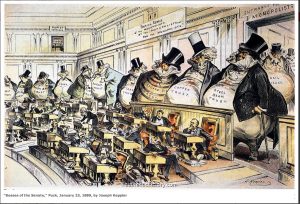
Antitrust laws are laws in the United States that allow the government to prohibit mergers or acquisitions that are likely to lessen competition. They were formed in response to Gilded Age titans of industry such as John Rockefeller, Cornelius Vanderbilt, and others who essentially dominated their industries and used predatory…
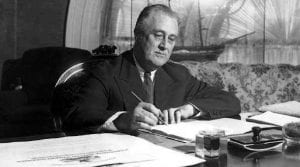
FDR's New Deal policies were a series of programs, public work projects, financial reforms, and regulations enacted by President Franklin D. Roosevelt in the United States between 1933 and 1936. FDR's New Deal Policies In 1932, Democrat Franklin Delano Roosevelt defeated Hoover in a landslide. Along with Washington and Lincoln, FDR…
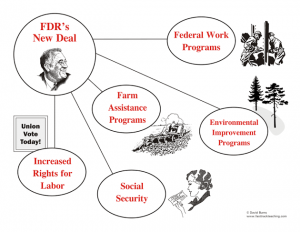
The New Deal Programs: Hoover vastly increased spending on public-works projects. More money was spent on such projects in four years than in the previous thirty. He subsidized the shipbuilding industry at a time when shipping services were less in demand thanks to the shrinkage in international trade brought about…
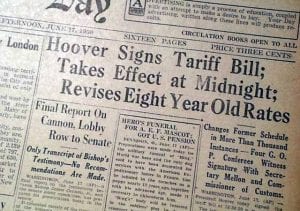
This article describes the Smoot-Hawley tariff effects. The notorious Smoot-Hawley Tariff was originally intended to provide tariff protection for American agriculture, but it turned out that there was no politically feasible way to limit that protection to one sector of the economy. Pressure groups from countless industries descended upon Washington…
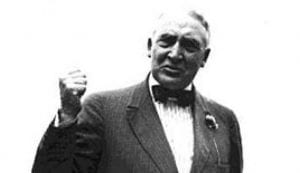
Warren G Harding's economic policies were emblematic of the predominant economic theory of the 1920s. According to conventional wisdom, the 1920s were a time of dramatically reduced levels of government activity, both domestically and internationally. Harding and Coolidge are typically said to have been strict supporters of laissez-faire economics and…
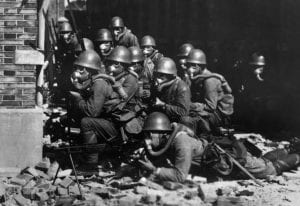
There were several events that led to the outbreak of World War II. One event was the Versailles Treaty, which was very harsh on Germany. Germany had to pay the Allies $33 billion in reparations. They also had to accept the responsibility for World War I. Germany resented these harsh…











